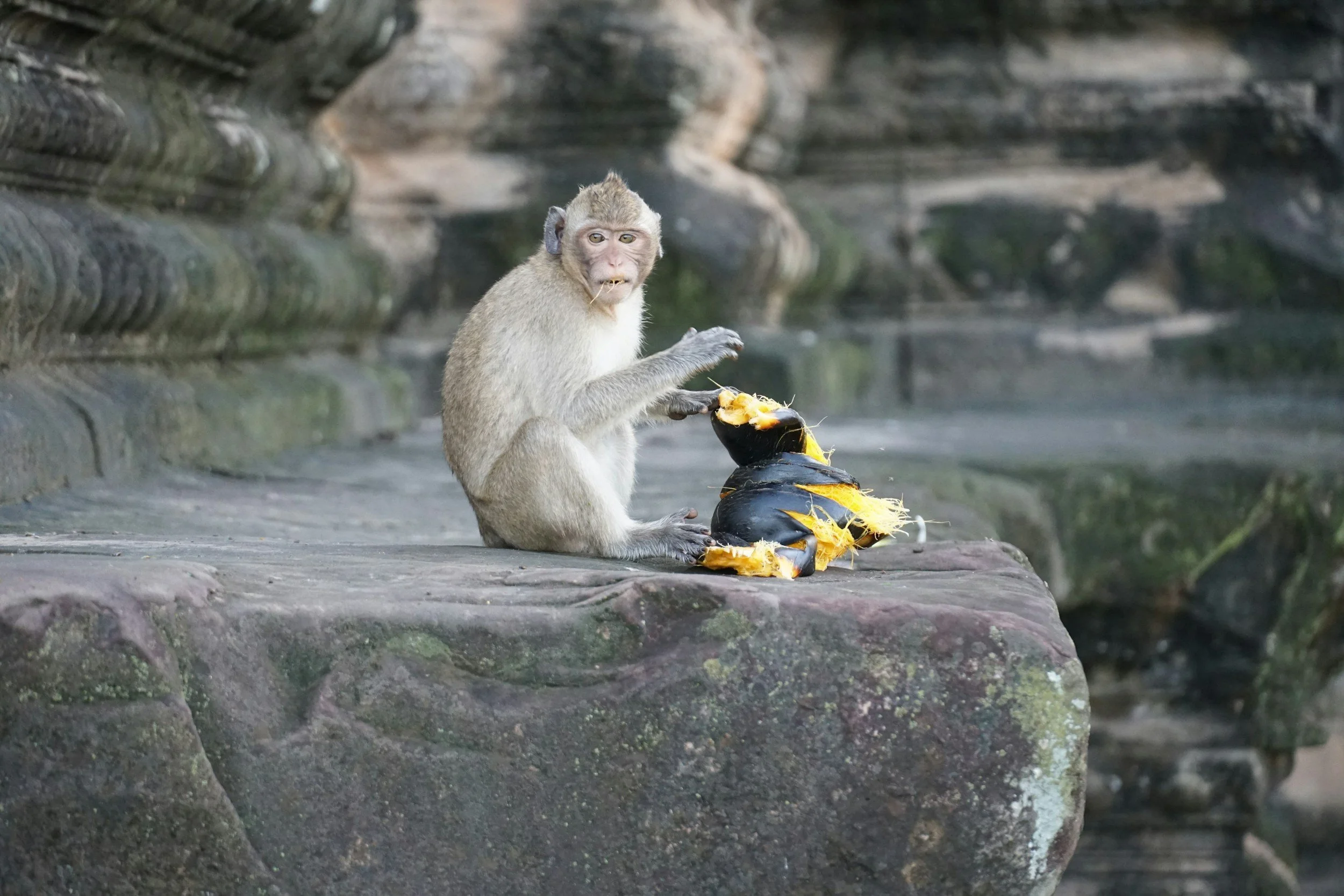
Discover Cambodia
Cambodia
is a land of ancient wonders and natural beauty. In the northwest, Siem Reap opens the door to Angkor Wat, where intricate temples rise amidst lush jungles, reflecting the grandeur of the Khmer Empire. Phnom Penh, the bustling capital, features colonial architecture, lively markets, and a glimpse into Cambodia’s history at the Tuol Sleng Genocide Museum.
To the south, serene beaches in Sihanoukville and Kep offer a peaceful retreat, while the remote Cardamom Mountains boast rainforests, wildlife, and eco-tourism opportunities. Cambodian cuisine shines with dishes like amok curry and bai sach chrouk. From floating villages on Tonle Sap Lake to vibrant Khmer festivals, Cambodia enchants with its rich history and natural beauty.
-
What language is spoken in Cambodia?
The official language of Cambodia is Khmer, spoken by the majority of the population and used in government, education, and daily life. In tourist areas, English is commonly spoken, and you may also encounter French, especially among older generations and in certain cultural contexts.
What's the currency of Cambodia?
The currency of Cambodia is the Cambodian Riel (KHR), though U.S. dollars are widely accepted for transactions, especially in urban areas and popular tourist destinations.
Where can I find the latest travel advice for Cambodia?
For the latest travel advice for Cambodia, including entry requirements, health guidelines, and safety information, please visit the U.S. Department of State website or the Cambodian Embassy's website.
-
What can I experience in Cambodia?
Cambodia offers a unique blend of ancient history, serene landscapes, and vibrant culture. Begin your journey at the iconic Angkor Wat temple complex near Siem Reap, where ancient stone carvings and intricate architecture showcase the splendor of the Khmer Empire. Take in sunrise over Angkor Wat or wander through the enigmatic faces of Bayon Temple for an unforgettable experience.
In the bustling capital of Phnom Penh, discover Cambodia’s dynamic urban culture along the Tonle Sap River, explore the royal grounds of the Silver Pagoda, or visit the sobering Tuol Sleng Genocide Museum to learn about the nation’s resilience. Heading south, relax on the tranquil beaches of Sihanoukville, or take a boat to the pristine islands like Koh Rong, where crystal-clear waters and soft sands offer a peaceful retreat.
Cambodia’s countryside is equally captivating, with the lush Cardamom Mountains inviting adventurous travelers for treks, river journeys, and encounters with unique wildlife. The floating villages on Tonle Sap Lake provide a glimpse into the local lifestyle, as houses and schools adapt to the lake’s seasonal ebb and flow.
Cultural experiences are rich and varied, from traditional Apsara dance performances to bustling night markets brimming with local crafts and street food. Savor the flavors of Cambodian cuisine, with dishes like fish amok, Khmer curry, and the ever-popular street snack num pang (Cambodian baguette). Whether wandering the ancient temples, soaking up the sun on island beaches, or immersing in local traditions, Cambodia’s charm lies in its blend of history, culture, and natural beauty.
-
Where should I go in Cambodia?
Siem Reap and Angkor Wat: Begin your journey in Siem Reap, the gateway to the incredible Angkor Archaeological Park. Marvel at Angkor Wat’s majestic architecture and watch the sunrise over its iconic towers. Wander through the sprawling temple complex to explore other wonders like Ta Prohm, with its trees intertwined through ancient stones, and Bayon Temple, known for its serene, carved faces. Siem Reap itself offers a lively atmosphere with markets, nightlife, and traditional performances.
Phnom Penh: Cambodia’s capital, Phnom Penh, is a vibrant blend of history, culture, and urban energy. Visit the Royal Palace, with its dazzling Silver Pagoda, and learn about Cambodia’s recent past at the Tuol Sleng Genocide Museum and the Killing Fields of Choeung Ek. Stroll along the Tonle Sap riverfront, dotted with cafés, restaurants, and bustling markets, to experience the city's contemporary culture.
Kampot and Kep: For a taste of Cambodia’s countryside charm, head south to the peaceful riverside town of Kampot, famous for its pepper plantations and scenic river views. Nearby, the coastal town of Kep offers tranquil beaches and access to Kep National Park, where scenic hiking trails await. Don’t miss the chance to savor fresh seafood at Kep’s famous crab market.
Sihanoukville and the Islands: Cambodia’s coast boasts idyllic islands and beaches perfect for relaxation. Sihanoukville is the gateway to tropical escapes like Koh Rong and Koh Rong Samloem, where turquoise waters, white sands, and vibrant marine life offer a serene beach getaway. Explore coral reefs, enjoy beachside hammocks, or dive into the clear waters for a tranquil retreat.
From the ancient temples of Angkor to the tropical islands of the south, Cambodia’s destinations offer rich history, natural beauty, and cultural experiences that captivate travelers.
-
Do I need a visa to visit Cambodia?
Yes, U.S. citizens need a visa to enter Cambodia. You can obtain a visa on arrival at major airports or apply online for an e-visa prior to your trip. The visa is typically valid for 30 days, and your passport should be valid for at least six months beyond your entry date. You may also be asked to provide proof of onward travel.
Do I need vaccinations to visit Cambodia?
No specific vaccinations are required for entry to Cambodia, but it’s recommended to be up to date on routine vaccinations. For travelers planning to visit rural areas or spend extended time outdoors, vaccinations for hepatitis A, typhoid, and, in some cases, malaria prevention are advised. Consult your doctor for immunization advice and check the CDC website





